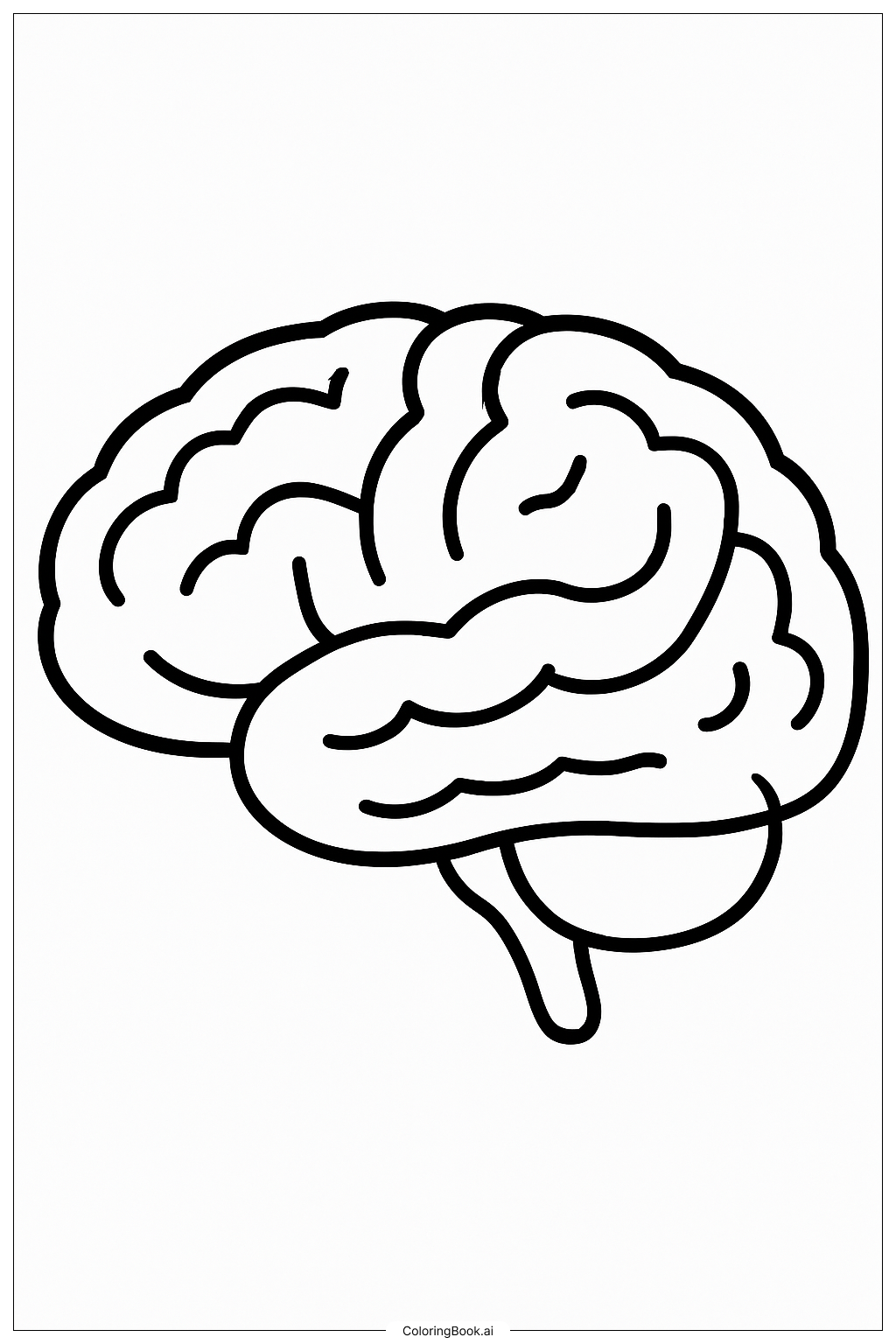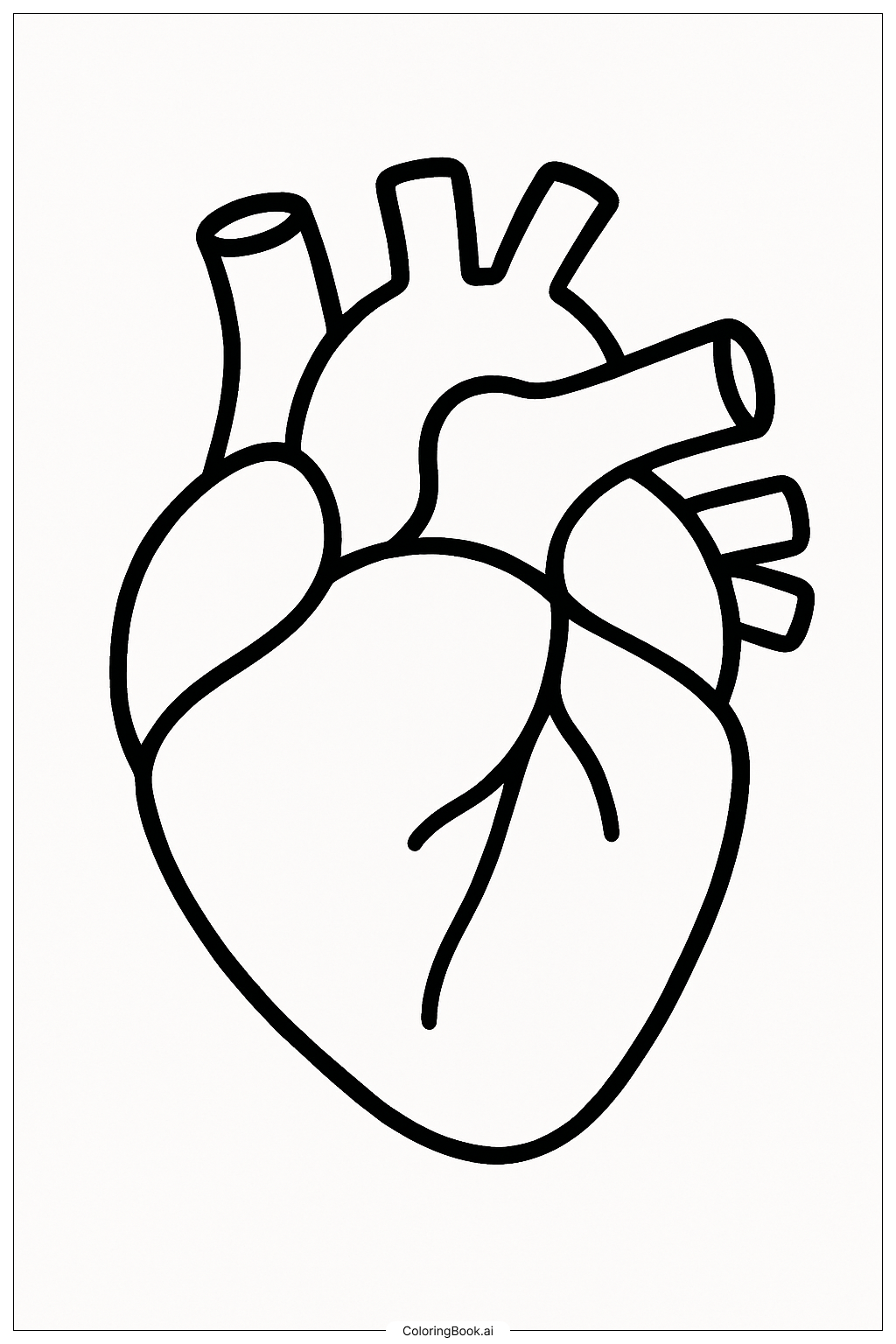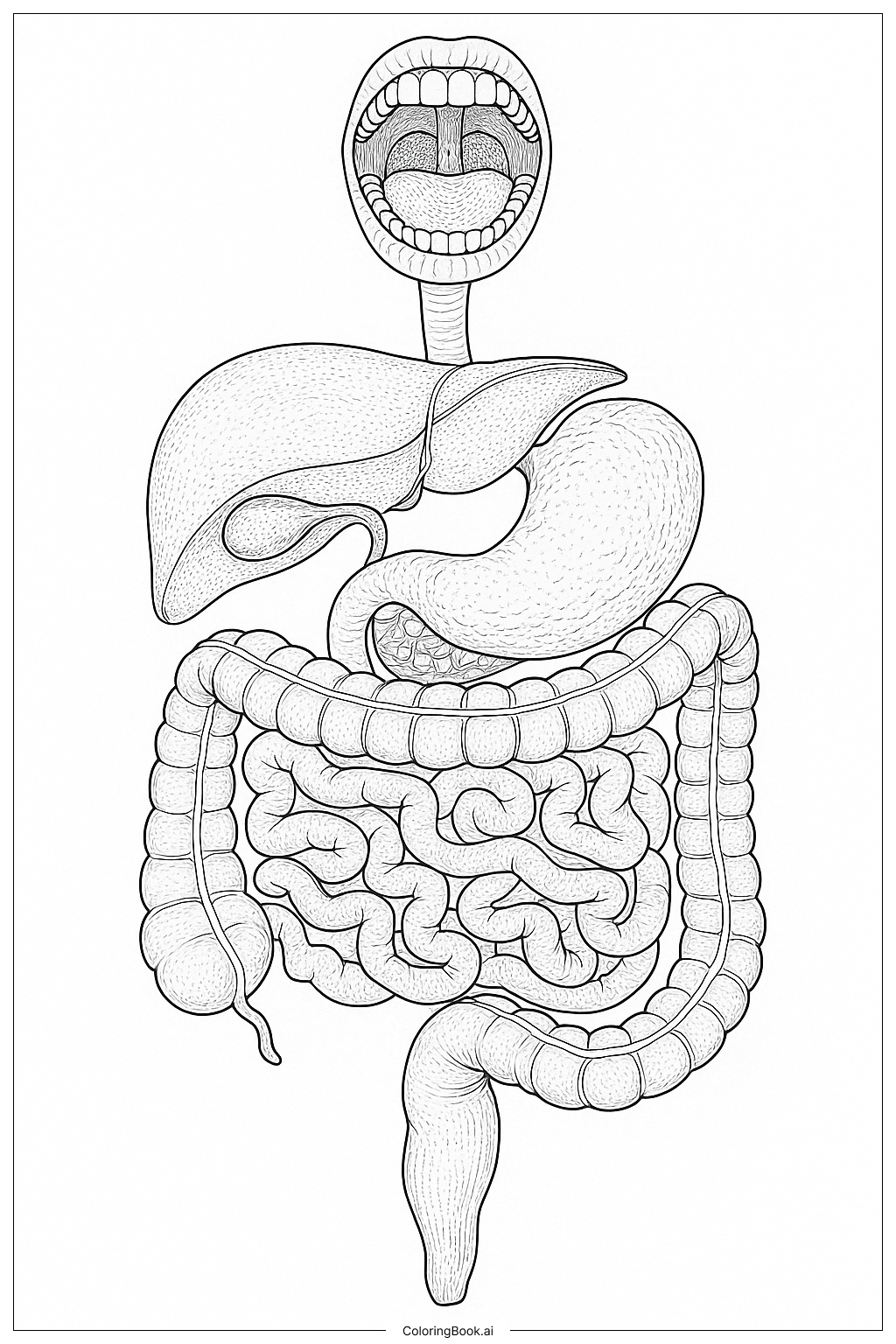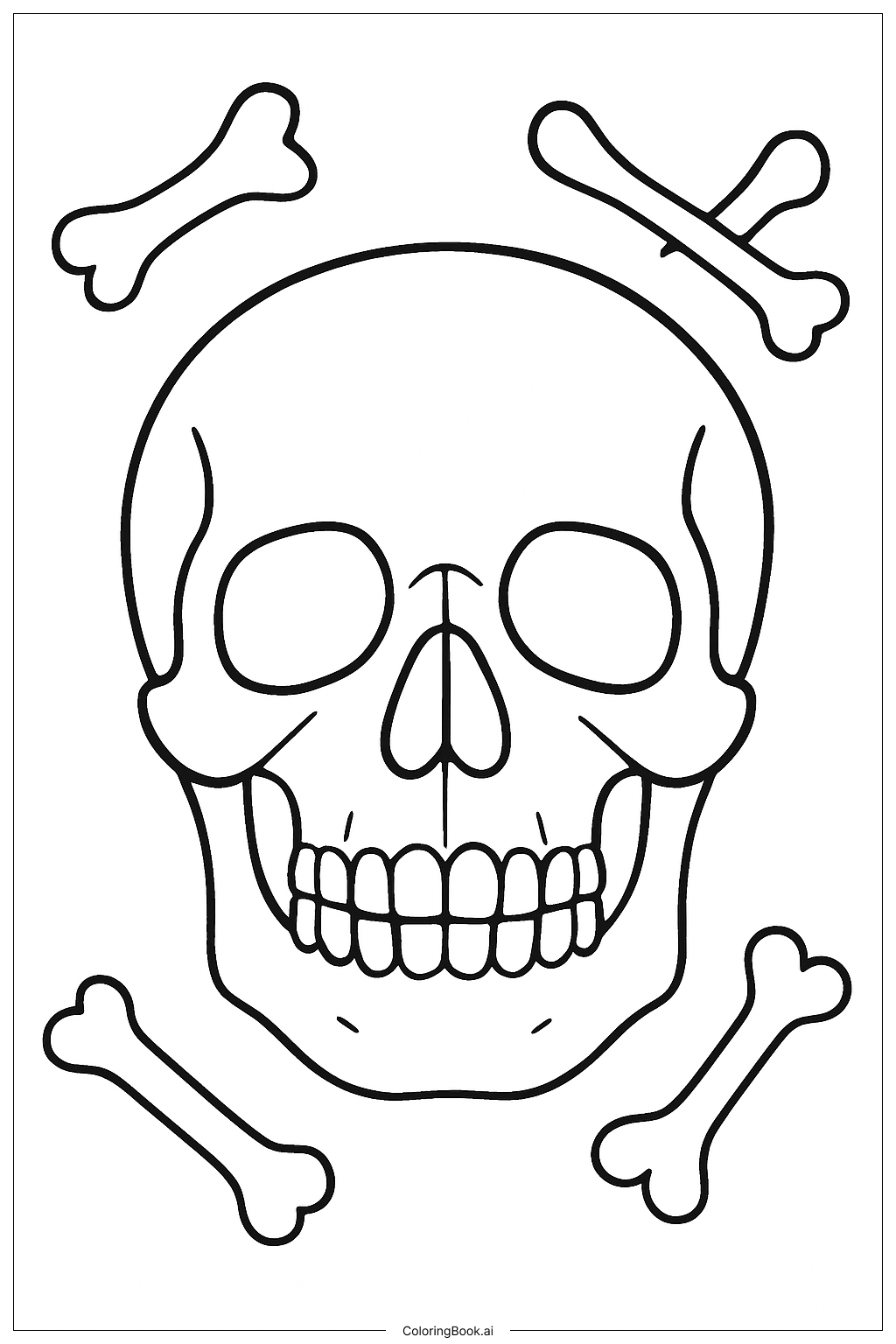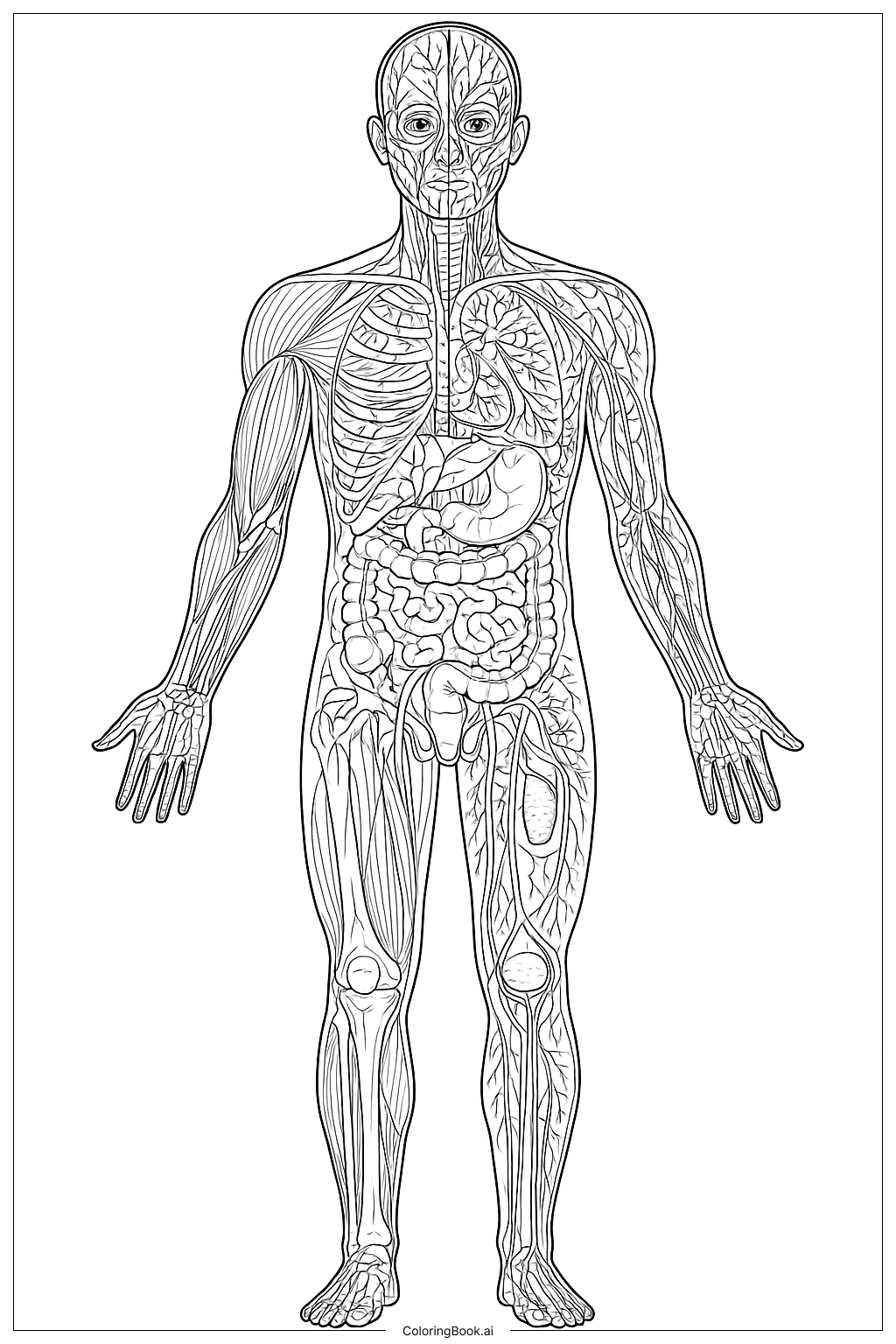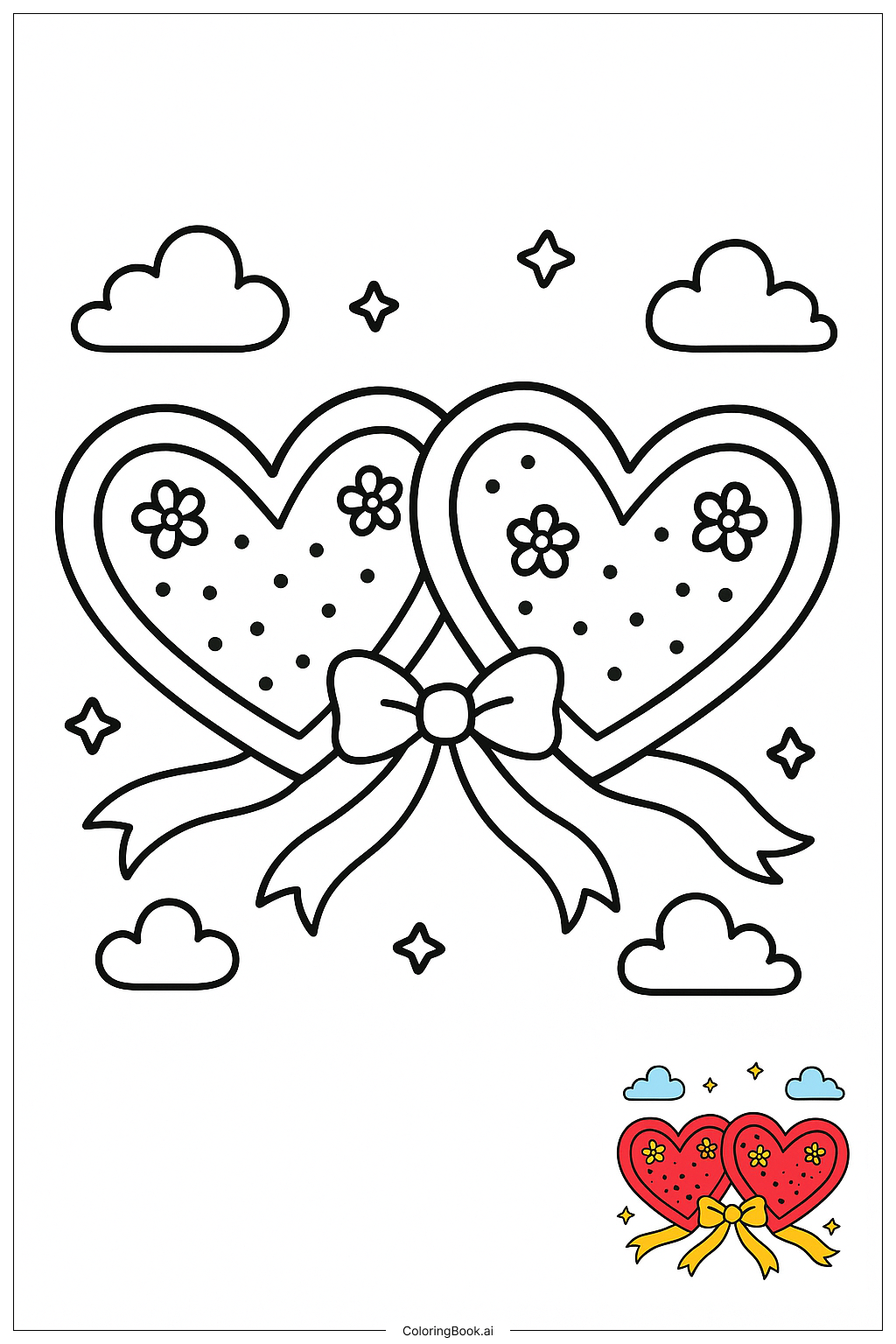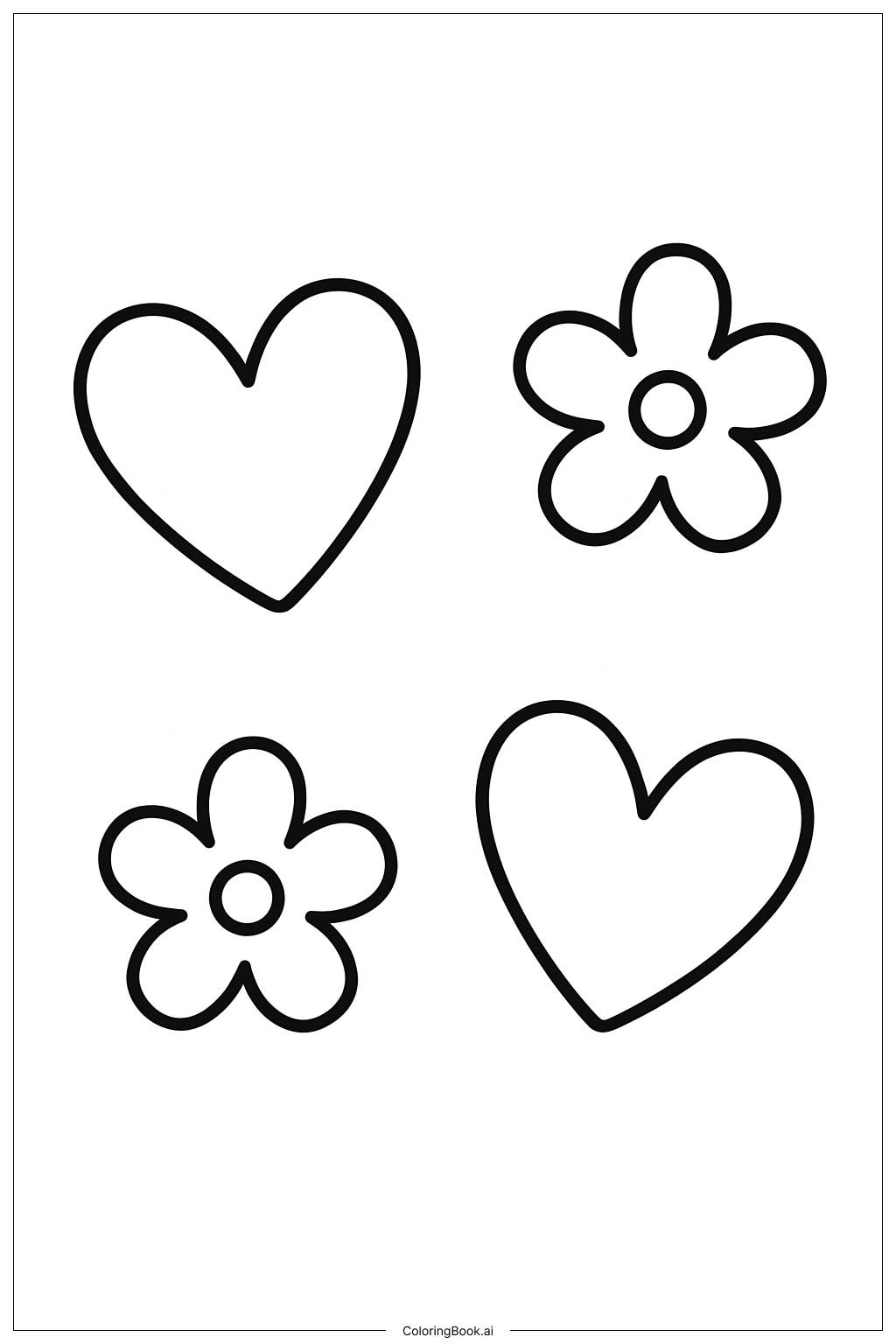Coloring tips: How to color Simple Brain Anatomy coloring page well?
Use different colors to separate the main parts of the brain. For example, you can color the cerebrum light blue, the cerebellum green, and the brainstem yellow. Try to stay inside the lines to keep the brain parts clear. You can use crayons, colored pencils, or markers. If you want to make it more fun, use bright and bold colors. You can also shade some parts darker to show the folds and depth. Take your time and enjoy coloring carefully.
Coloring challenges: Which parts are difficult to color and need attention for Simple Brain Anatomy coloring page?
1. The curved lines and small folds can be tricky to color neatly because they are close together.
2. Keeping different brain parts' colors separate without mixing can be hard for beginners.
3. Understanding which part of the brain to color which color might need some learning first.
4. Coloring inside the narrow spaces without crossing lines requires careful hand control.
5. Adding shading or different color tones needs practice and patience to make it look good.
Benefits of coloring books: Advantages of drawing Simple Brain Anatomy coloring page
Coloring this simple brain anatomy helps children learn about an important organ in the human body. It improves their focus and hand-eye coordination as they color within the lines. It also encourages creativity by choosing colors and shading techniques. The activity makes learning science fun and interactive, helping children remember what they study better. Coloring promotes relaxation and reduces stress while boosting fine motor skills.
